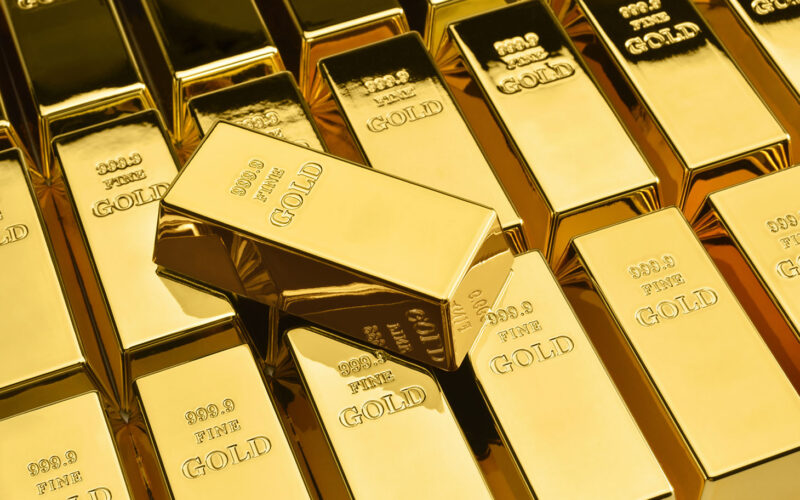- Precious metals stand apart from financial assets
- They’re not at risk of devaluation or default
- All defensive portfolios should have an allocation
The investment mainstream is lying to you.
It would have you believe you can build an efficient, well-diversified portfolio with financial assets alone.
But this isn’t true.
There are times when both stocks and bonds lose value.
This happened as recently as 2022. Sometimes it happens for years at a time, such as during the stagflationary 1970s.
So why not sit in cash instead?
I’ll explain below…
Well, during those same years in the 1970s, cash lost value too, due to inflation. The same has been true more recently.
Thus a portfolio of financial assets alone isn’t as diversified as many think it is. Not only that, but cash isn’t a good place to hide in an inflationary world. It’s guaranteed to lose value in real, purchasing-power terms.
So, what is a defensive investor to do?
Simple. Buy gold and other precious metals.
Now, just to be clear, gold isn’t a financial asset. Yet it is a timeless store of value. It’s a hedge against all the classic financial risks: inflation, devaluation and default.
No portfolio is as diversified or as defensive as it could be without adding in gold. Silver too.
How much? Let’s run the numbers.
Based on 100+ years of financial history of stock, bond and gold prices, the ideal gold weighting in a portfolio is on the order of 10-15%.
This is where you maximise the risk/return benefits of gold.
In poor economic or inflationary times, you should think of that 10-15% as a minimum weighting rather than an ideal one. Arguably, in such times it should be even higher.
How much higher? It depends.
For much of the 1970s an investor would have wanted to have the bulk of their portfolio in gold and other precious metals.
But they would have wanted to diversify within the precious metals sector too. While gold and silver bullion had a great run in the 1970s, mining companies performed even better.
In much of the 1980s and 1990s, things were the other way round. As inflation trended gradually lower, a traditional portfolio of stocks and bonds outperformed gold.
Those days of low inflation yet relatively strong growth now seem a distant memory. Recent years have seen a return of the dreaded stagflation, where weak growth and high unemployment are accompanied by rising prices. It’s no coincidence that precious metals have risen accordingly.
2023 and 2024 were strongly positive years for gold (yellow line on chart below) and silver. But the miners (blue line) have trailed behind, rising by only half as much. A sizeable gap has opened up in the relative performance between the two.

Source: Koyfin
Recent positive performance suggests that’s changing. The miners are trading at historically low valuations, implying good recovery potential. If the 1970s provide a guide, this may be the beginning of a major bull market.
But it’s not only the miners that have trailed gold (yellow line). Silver has too (grey line).

Source: Koyfin
As both silver and the miners have trailed gold, a case can be made that the ideal “catch-up” trade now is to buy silver miners.
As it happens, the world’s largest silver miner, Fresnillo (FRES), is listed on the London Stock Exchange (blue line). While its share price is up over the past year, it has trailed behind both gold and silver (grey line).

Source: Koyfin
In my view it is likely to be one of the best performing FTSE 100 companies this year.
I’m not alone in seeing the benefits of investing in precious metals and miners. Late last year my colleague Nick Hubble interviewed a number of experts on the topic. You can see some of those on our YouTube channel here.
Until next time,

John Butler
Investment Director, Fortune & Freedom




